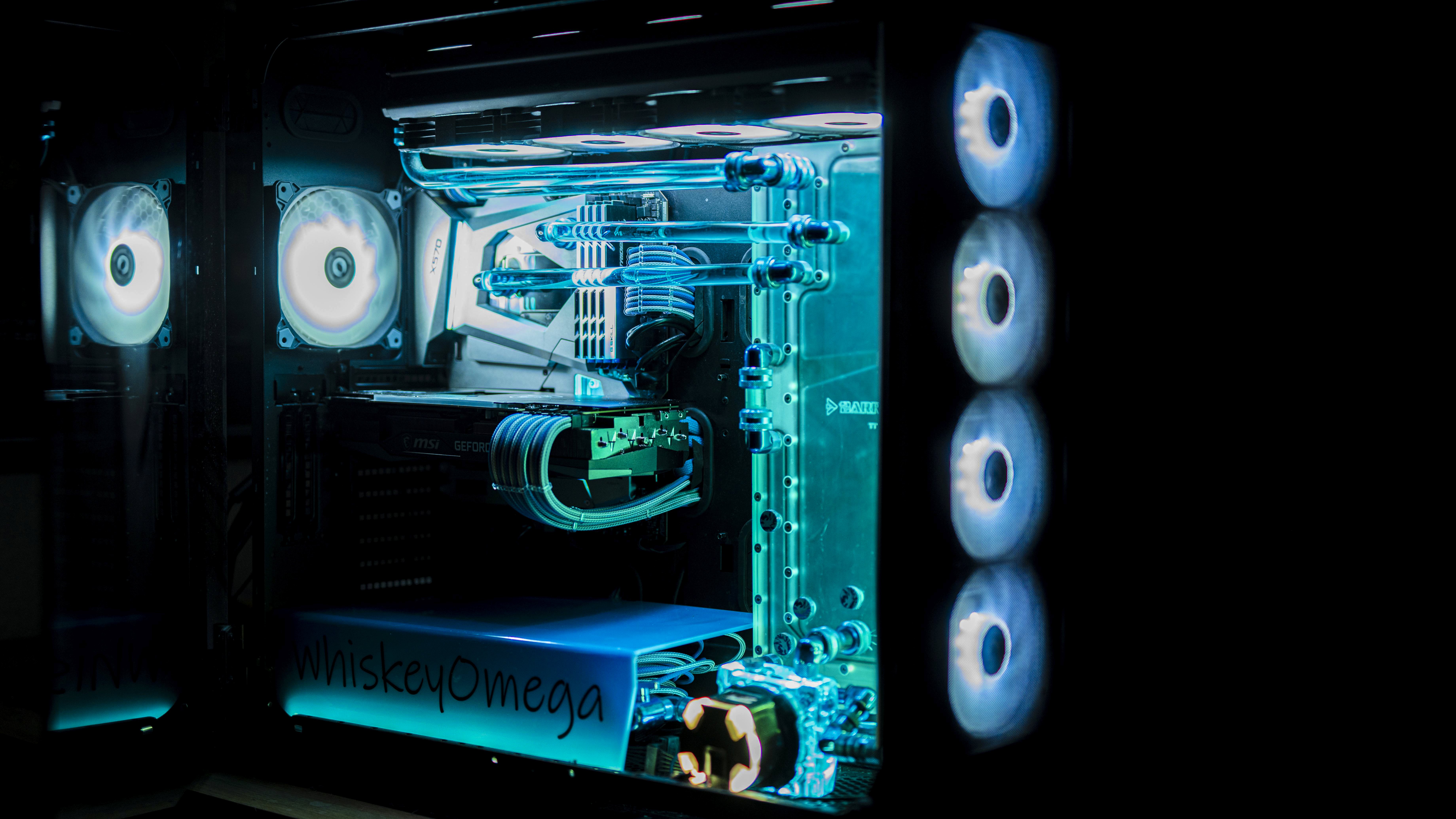Thanks for the Tumbleweed shout out. I’m always curious about Arch people’s opinion of Tumbleweed. Arch seems to cast a large shadow over it. But man do I swear by Tumbleweed. There is nothing in Tumbleweed that you can’t do in Arch, but I guess my main question is why would you want to? TW has all the benefits of Arch without the problems. Rather than updating each package individually, TW bundles all the new versions into a snapshot and tests that snapshot to ensure everything works within it. This way no random rogue update conflicts with anything else within that specific snapshot. As a user, when you update you just move from snapshot to snapshot. With Arch you can set up snapper rollback, but you better make sure you’ve partitioned everything correctly or you need to reinstall, TW will just enable rollback by default.
Some people can’t seem to live without AUR, but I feel like distrobox is a much safer way to install software that isn’t available on your distro. If you need something that only comes as a .deb, you can do something like:
distrobox create --image unbuntu:\
And now you have a super minimal version of Ubuntu you can run your software inside of using the official packages instead of something someone else has hacked together/compiled. It also makes setting up custom dev environments trivial without littering your install with dependencies. I get the allure of AUR but I’d rather use distrobox or, if I must, flatpak.
The main defense I see of Arch is "it’s not Arch’s fault, I did ". I guess with TW I don’t ever really worry about \ because the OS really just sort of takes care of itself. And even if I did do a stupid \ rollback is there to reverse my boneheaded idea instantly. I say all this after having experimented with Arch for a little bit now. It felt like taking a vacation: everything was new and different and you start thinking about how cool it would be to live here, but then you start to notice the little things, and after a while you just want to go home and sleep in your own bed.
I have nothing against Arch but the constant defense of “Arch broke, but it’s not Arch’s fault” seems like a meme. Just read this comment section and take a shot for every person who says it. Meanwhile I’m over here on TW running the same versions of everything as Arch has and all I ever did was “zypper dup” and maybe 1-2 times a year “snapper rollback”. I don’t know if I sound defensive, maybe I do, but I feel like Tumbleweed is criminally underrated and a large portion of people on Arch would probably be better served by something like Tumbleweed judging by the forums/Reddit.











That’s actually a fair point and reading this does change my perspective a little. Tumbleweed gets me 95% to where Arch is, but a lot can go wrong in that last 5%. People who chose that understand that. I think we’re in agreement that those who genuinely need that last 5% bleeding edge are a very small group. Back about 10 years ago I was a massive Gentoo fanboy and I admit that Gentoo was my hobby, rather than simply a tool to get work done. I suspect a lot of Arch users are using it for the hobby aspect rather than necessity too, which is fine, I’ve been there myself. I sometimes wonder if there is a certain type of person who just gets bored when using something stable, and the constant threat/thrill of breakage gives them the drama they crave. I think that describes me fairly well in my Gentoo days.
I still think Tumbleweed is the best compromise between “my grub blew up” and “my kernel is 2 years old”, especially when it comes to laptops and gaming. I’ve not really run into problems with a lack of software, but I do make good use of distrobox environments and flatpak. I’ll use OBS builds when only when necessary, namely Mullvad which can’t be run sandboxed.